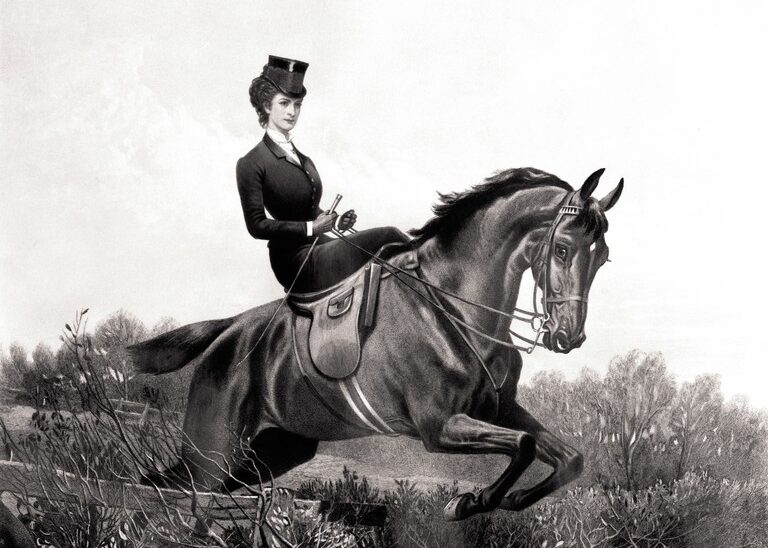Empress Sisi was a special, even extraordinary personality, but her role within the imperial family was characterized by conflict. Her mother-in-law Sophie Friederike of Bavaria was her harshest critic. Nevertheless, she was regarded as a role model by many women of that era.

In contrast to the famous Sissi films of the 1950s, the future Empress Sisi, the daughter of Duke Max in Bavaria and Princess Ludovika Wilhelmine, did not grow up in a loving family environment. Her father, Max Joseph, preferred to travel. At times, he was also closer to his circle of friends, his “Spezln“, as they say in Bavarian, than to his family.
Elisabeth Amalie Eugenie in Bavaria, as Empress Elisabeth was called before her marriage, developed into an independent but introverted personality from an early age, who had thoroughly egocentric character traits. At the age of 15, Elisabeth was still a child when she married the 23-year-old Emperor Franz Joseph I on April 24, 1854 in the Augustinian Church in Vienna.
Sisi as a young mother
Elisabeth of Austria became the mother of three daughters and one son. She lost her first-born daughter Sophie Friederike to a typhoid infection, which Gisela also contracted but survived. The loss of her first-born daughter triggered depression in her, which did not improve even after the birth of Crown Prince Rudolf in 1858. She was only a good mother again to her youngest daughter Marie Valerie Mathilde Amalie, born in 1868.
The courtly ceremonial was a burden for the open-minded Empress Sisi. From the second half of the 19th century, the monarchy showed signs ofsocio-political “wear and tear“. The revolutionary year of 1848 was a signal for a break-up of the existing authoritarian structures.
Empress Elisabeth of Austria also had a close relationship with her son Crown Prince Rudolf. She hated the military drill that Emperor Franz Joseph I imposed on his only son and supported the political reform ideas of the heir to the throne. She also traveled to Madeira and later to the island of Corfu for health reasons.

Sisi’s travels
In the warm south, Empress Sisi was able to cure her tuberculosis. Her great interest in cultural history took the monarch to Greece, Turkey and Africa. She loved equestrian sports and took part in competitions and hunts. Gymnastics was Empress Sisi’s 2nd passion. Empress Elisabeth had a flawless figure.

Empress Elisabeth campaigned politically for a settlement with Hungary. A key figure in this was the Hungarian Count Gyula Andrássy, who became an important reference person for her. A love affair between the couple could never be proven. Her violent death in Geneva in 1898 was a great loss for the development of the modern image of women.

Time Travel Tips:
1) Sisi Museum, Hofburg Palace, Michaelerkuppel, 1010 Vienna
2) Schönbrunn Palace, Schönbrunner Schlossstraße 47, 1130 Vienna
3) Kunsthistorisches Museum Vienna (Opens in a new tab or window), Collections from the property of Empress Sisi, Maria-Theresien-Platz, 1010 Vienna
Sources:
Books:
1) Etzelsdorfer Hannes, Ilming, Philipp, Kaiseirn Elisabeth: Ungewöhnlich war sie zu allen Zeiten (KAISERLICHES), 324 pages, Verlag Kral, Berndorf, 2023
2) Winkelhofer Martina, Sisi’s Path: From Girl to Woman – Empress Elisabeth’s First Years at the Viennese Court | The First Biography of Sisi’s Private Life, 352 pages, Verlag Piper, Munich, 2022
3) Merkle Rudolf, Sisi’s Path: From Girl to Woman – Empress Elisabeth’s First Years at the Viennese Court | The First Biography of Sisi’s Private Life, 112 pages, Verlag Stiebner, Munich, 2011
Internet: https://www.geschichtewiki.gv.at.Elisabeth_(Austria), 26.6.2025
Related posts:

